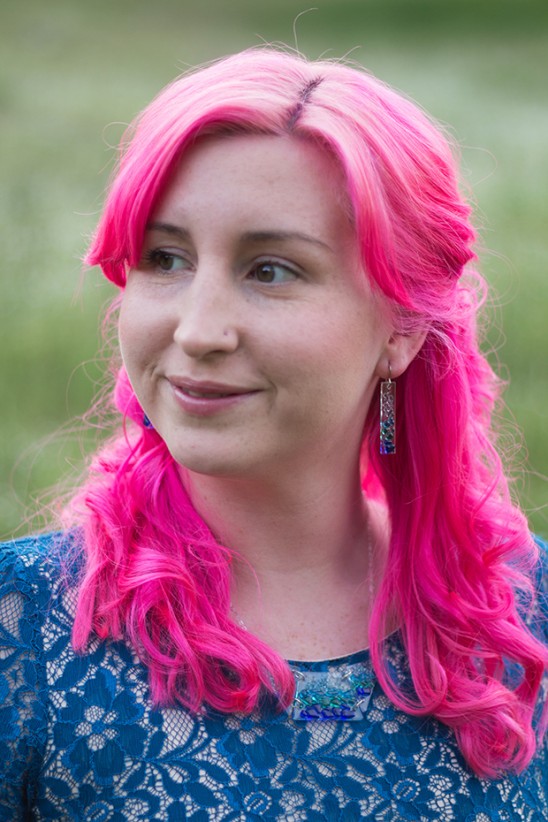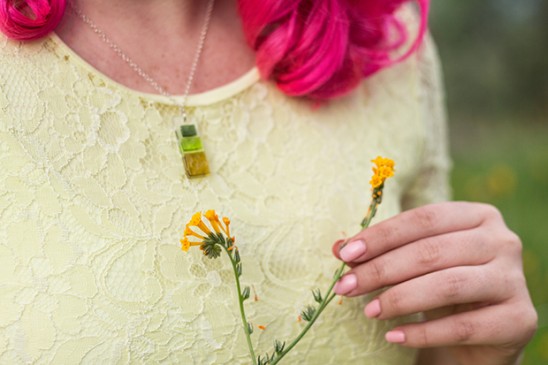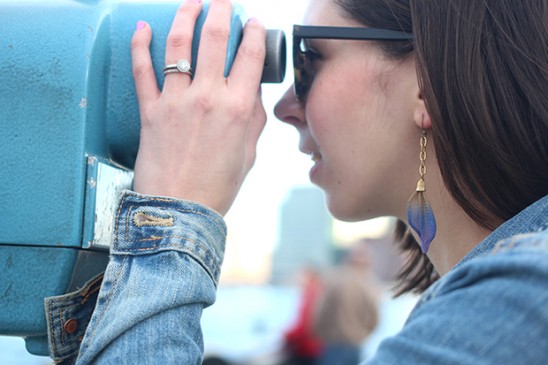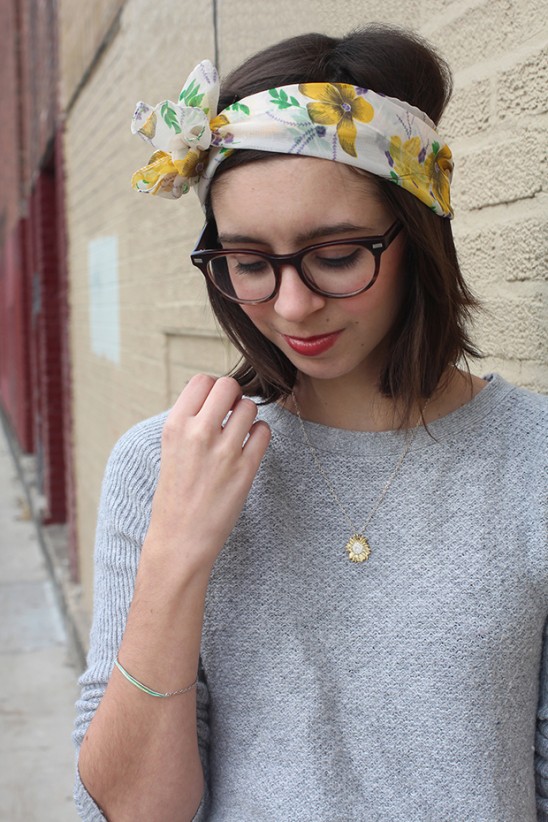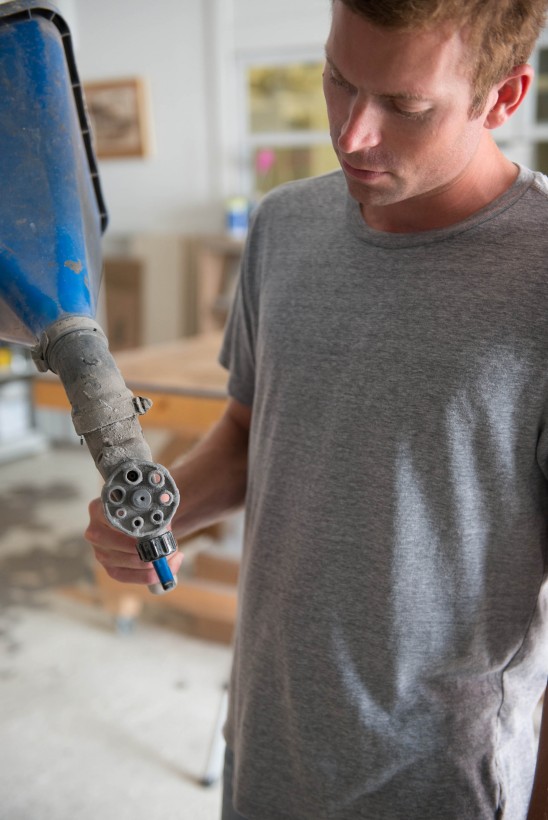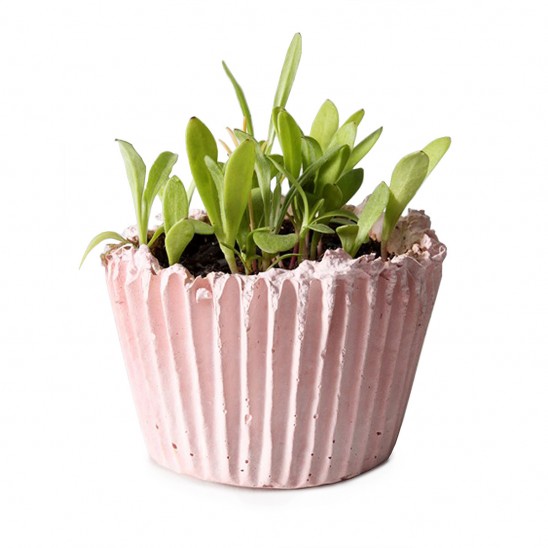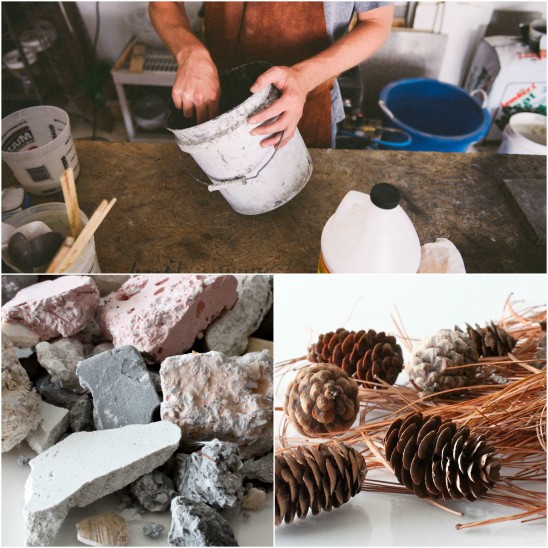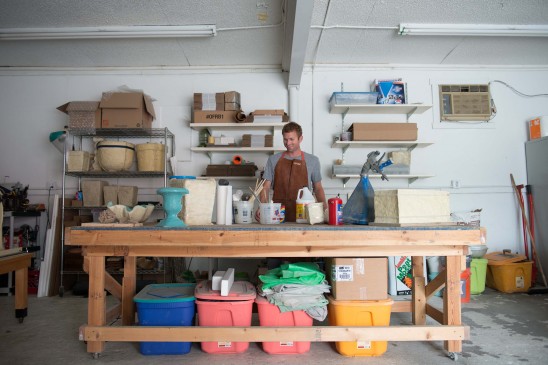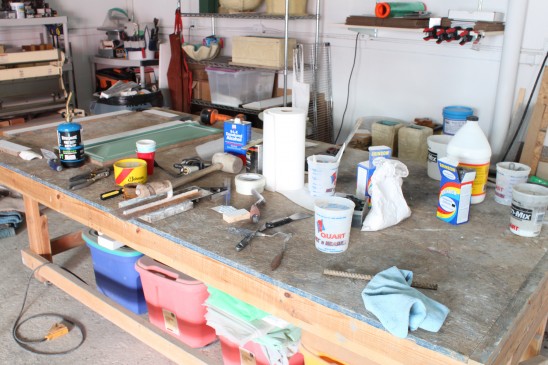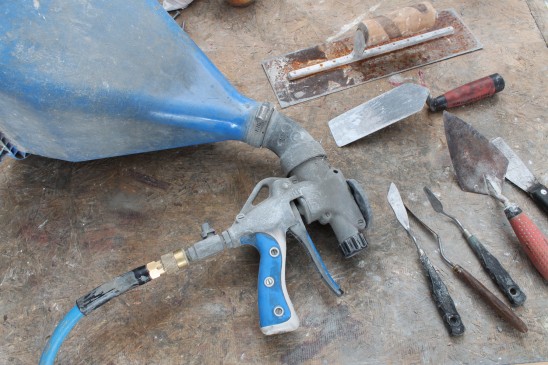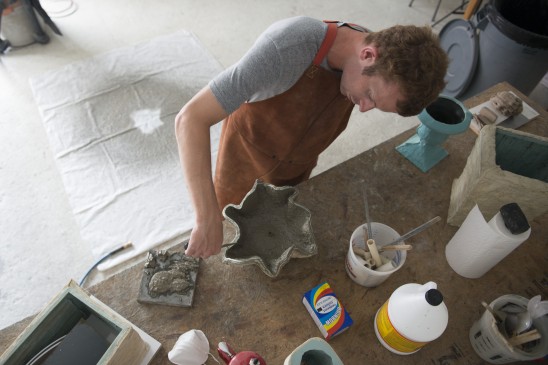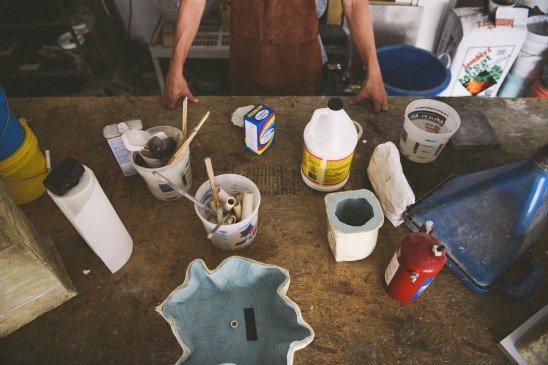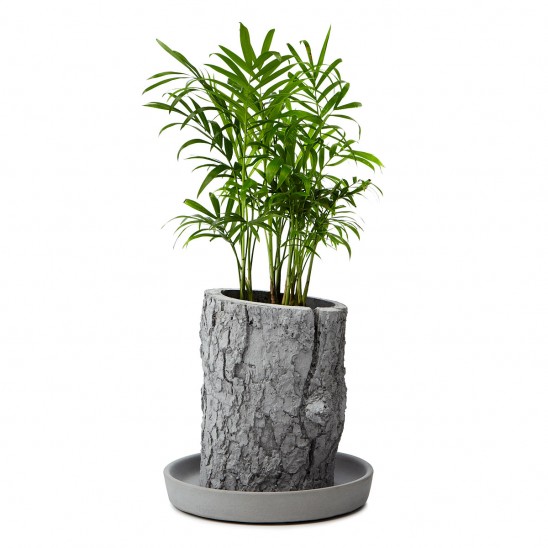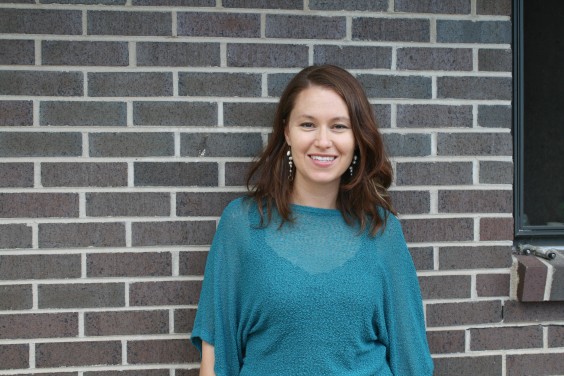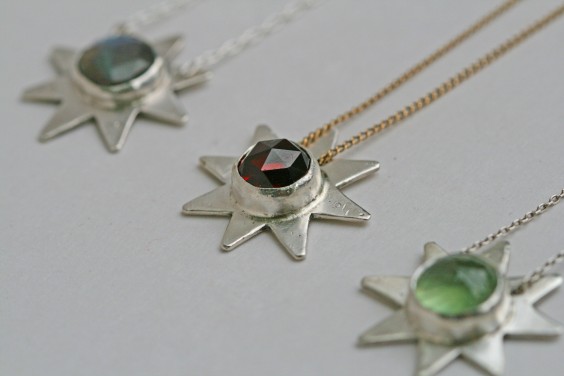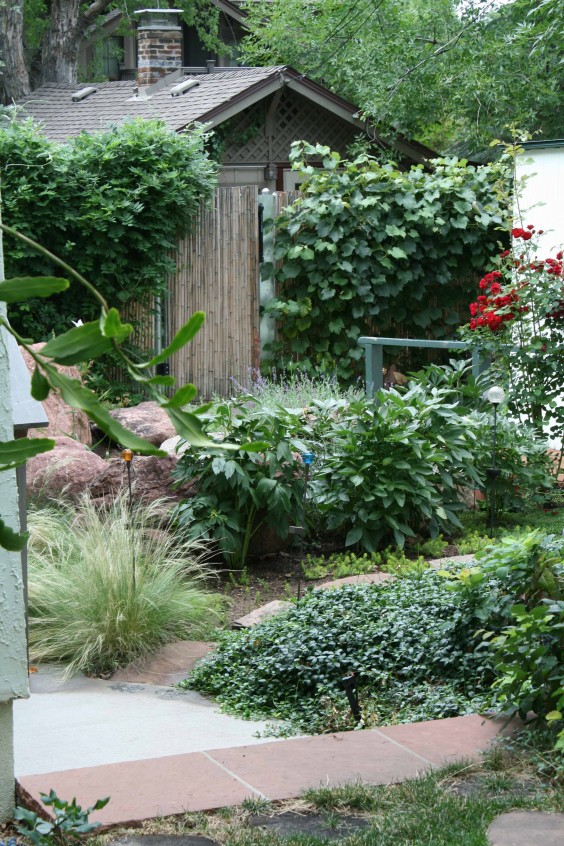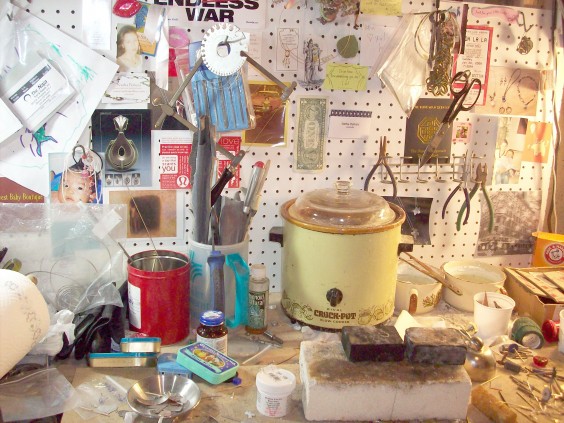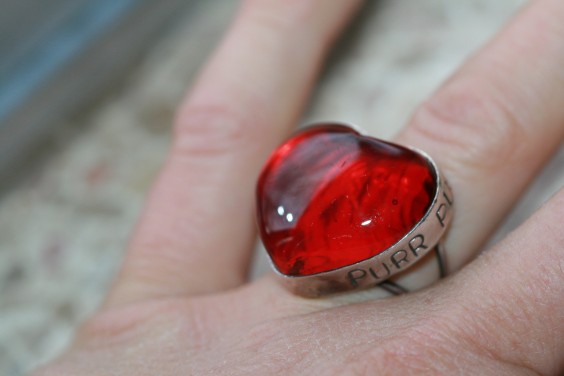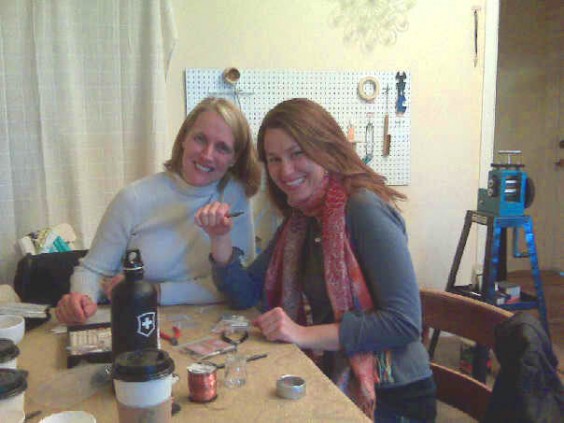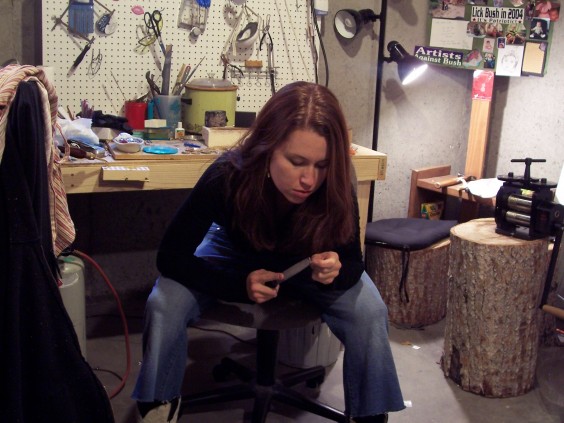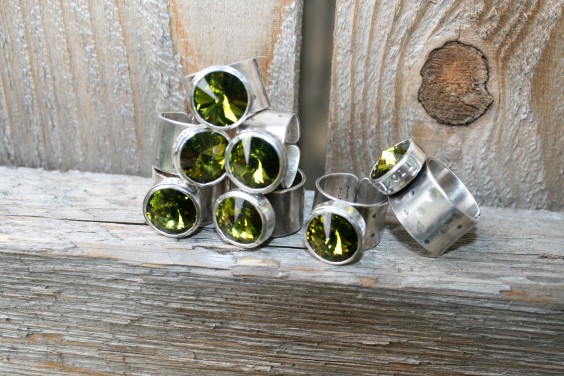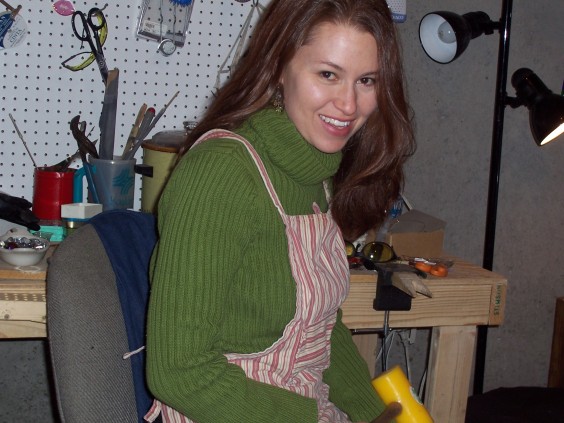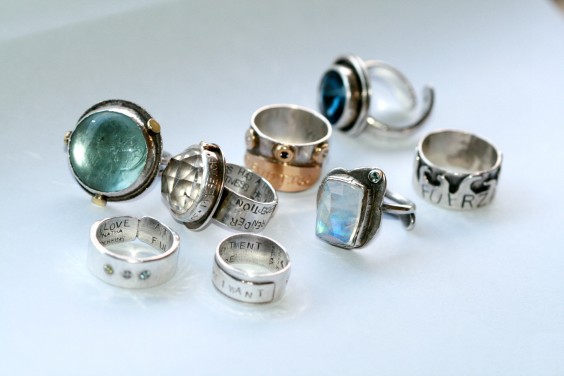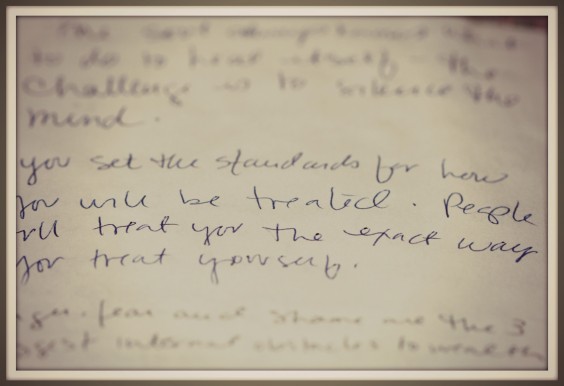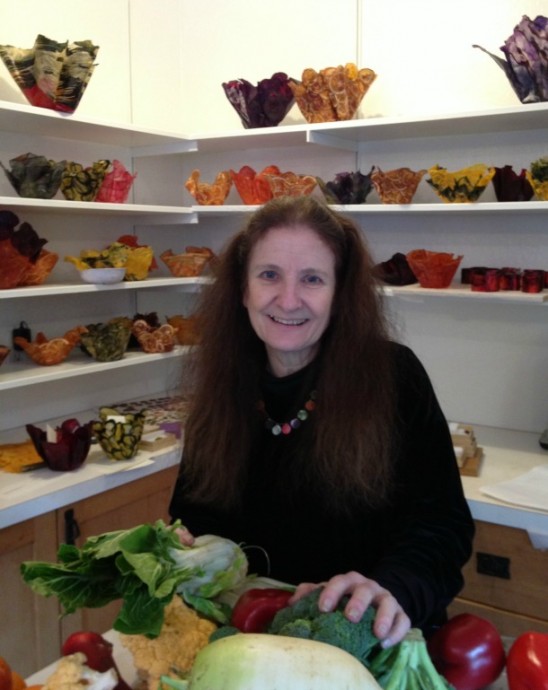
As the UncommonGoods Jewelry Buyer, I see amazing artistry from artists and designers using all sorts of materials. We are always delighted when we find an artist who uses uncommon materials in an unexpected way. Margaret Dorfman is one such artist. She transforms fruits and vegetables into parchments that she then uses to make gorgeous bowls, bracelets, necklaces, and earrings.
Margaret’s relationship with UncommonGoods has been a long one, dating all the way back to 1999. Fifteen years later, she continues to delight us and our customers with her lovely organic creations. As a huge fan of Margaret’s work myself, I was super excited to meet her and learn about her process.
Margaret’s studio is tucked away on a lovely tree lined street in Oakland, California. I knew I had arrived at the right place as I walked down the path to her studio entrance. That morning, before my arrival, she had received a delivery of fresh fruits and vegetables and the walkway was lined with boxes and bags containing all imaginable varieties of fruits and veggies. I saw pears, oranges, papayas, cabbages, and bell peppers just to name a few!
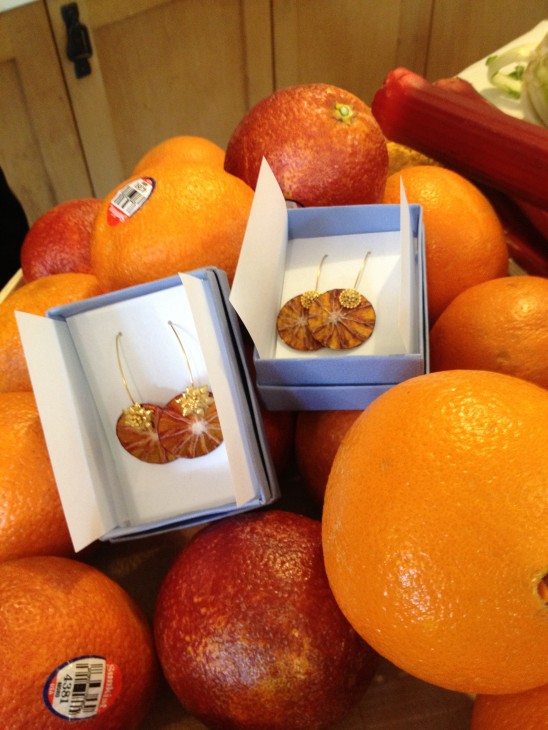
Stepping into Margaret’s space was truly like stepping into a secret garden. Shelves were lined with finished pieces and the vivid jewel toned colors of her work popped against the crisp white walls. On the center table of her work space, she had oranges piled high and had pulled finished pieces made from oranges so I could see the “before and after.”
Margaret was lovely–so warm and welcoming–and she let me pepper her with questions about herself and her technique. I love hearing about the path our artists take to doing what they do. Margaret’s path was an uncommon one; she spent many years as a professional sign language interpreter, before leaving in 2001 to concentrate on her art. In seeing her work with such dexterity as she cut into fruits and vegetables, I could see the connection between her years as an interpreter and her current work as an artist.
Holding up her pressed vegetable parchment sheets to the light was magical – the pieces are translucent, and you notice every detail of the intricate structure of the vegetables and fruits. The colors in her pieces are vivid. I was struck by how the original colors were retained, even after being pressed.
As our visit came to a close, Margaret introduced me to her frequent studio-mate, her cockatoo Bindel, a sweet boy with a spirited personality! It was a such a delightful end to a great visit. Meet Margaret and learn more about her colorful world!

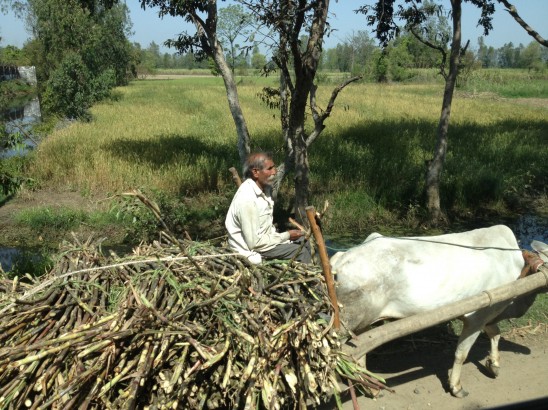
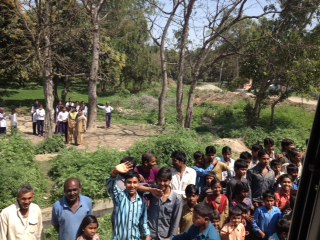
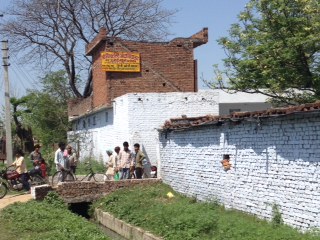
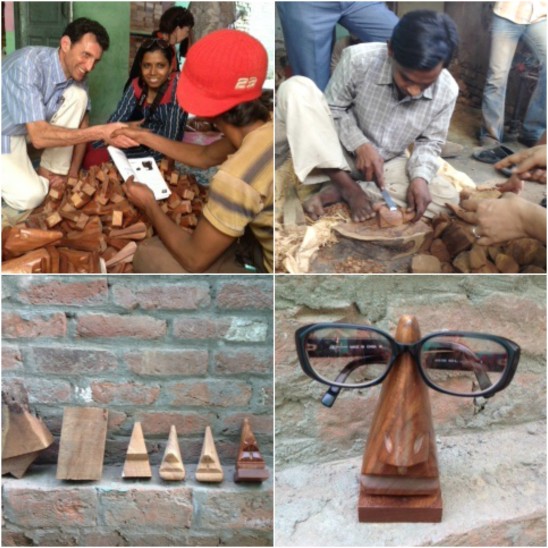
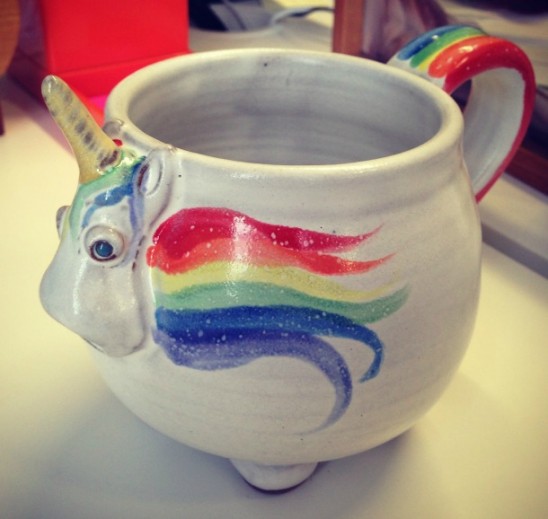
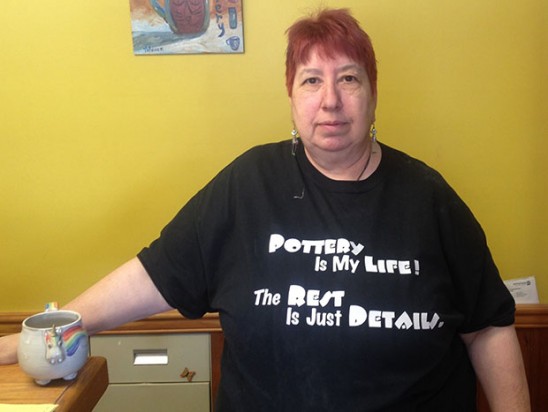
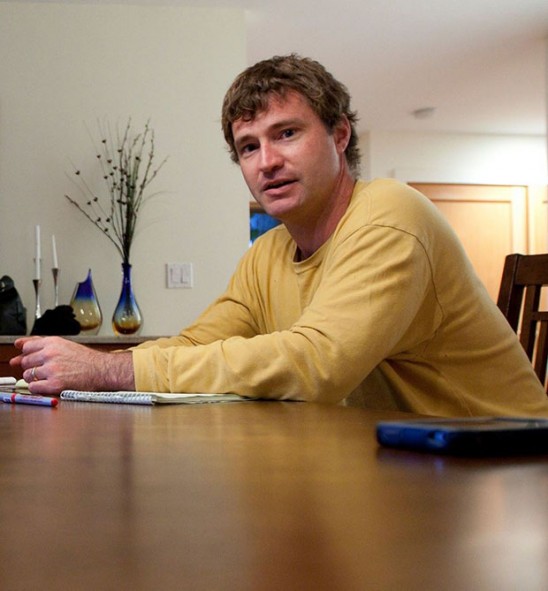 Opposites attract as designer
Opposites attract as designer 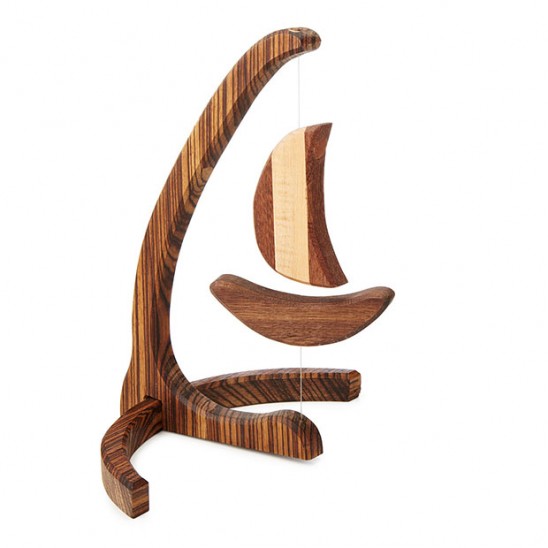 His sculptures always begin by establishing a focal point for the new piece. Once this has been decided, the frame and ancillary parts are designed as a complement. Everything eventually works together so that touching just one piece of the sculpture causes the other parts to come to life as if by magic.
His sculptures always begin by establishing a focal point for the new piece. Once this has been decided, the frame and ancillary parts are designed as a complement. Everything eventually works together so that touching just one piece of the sculpture causes the other parts to come to life as if by magic. 
